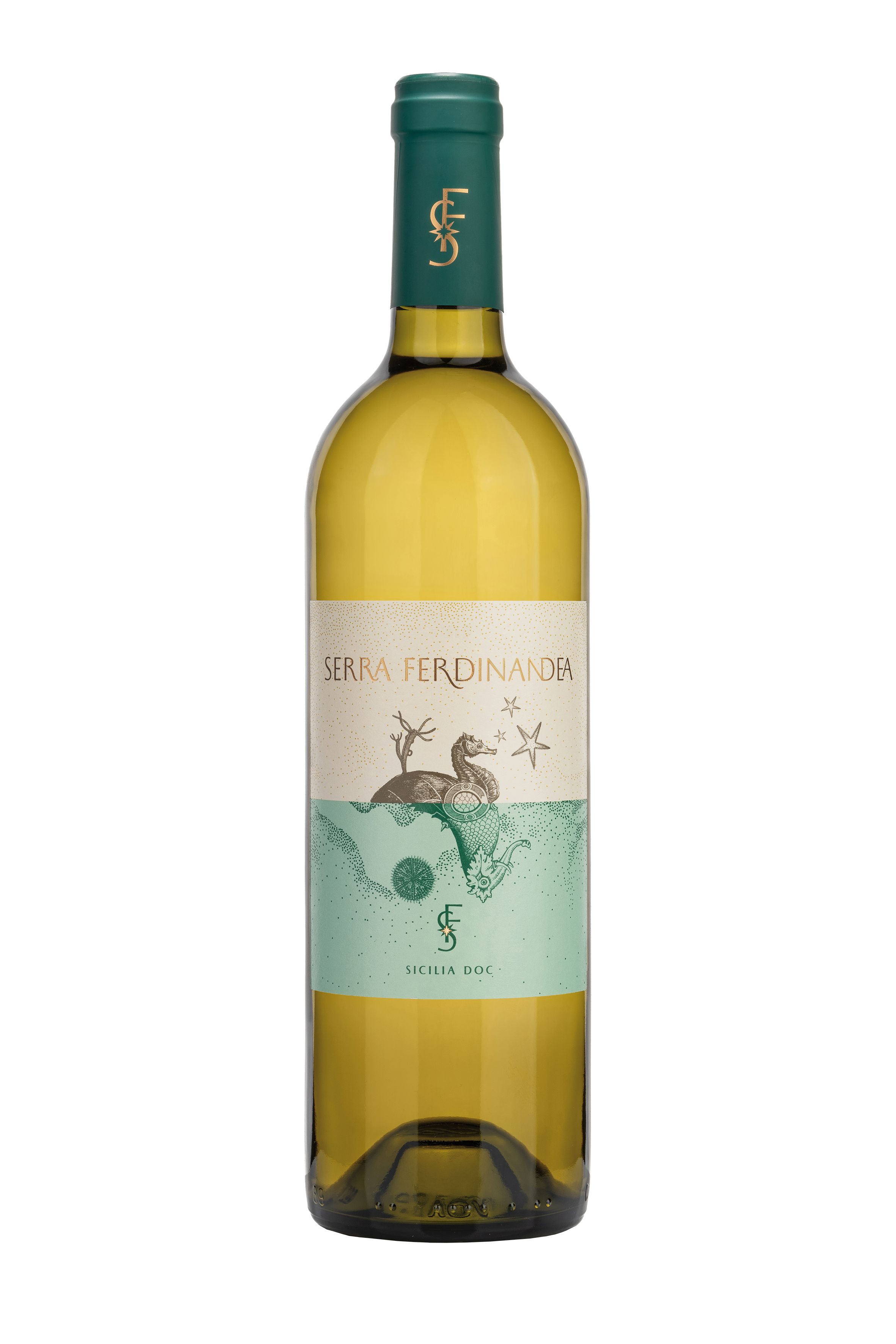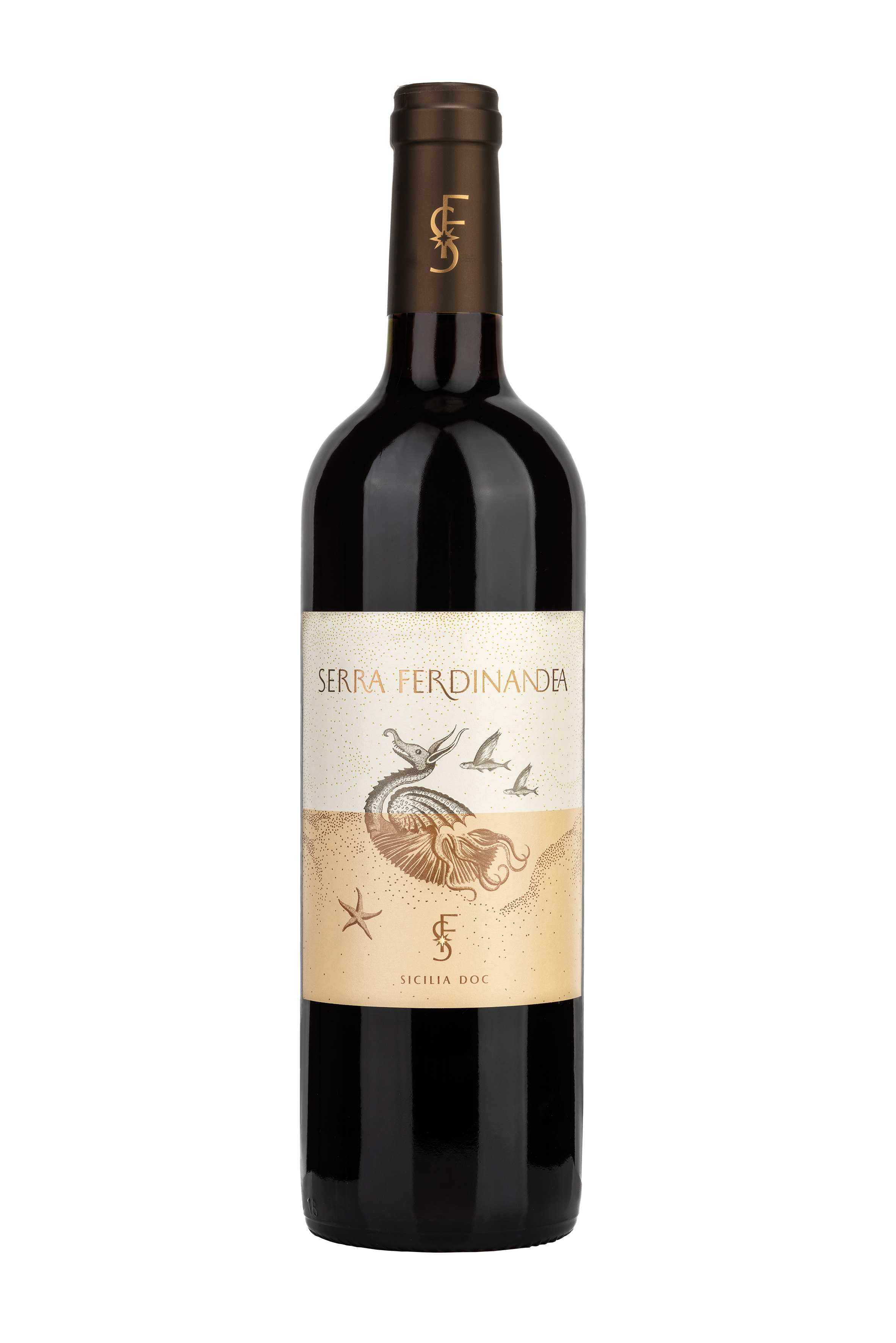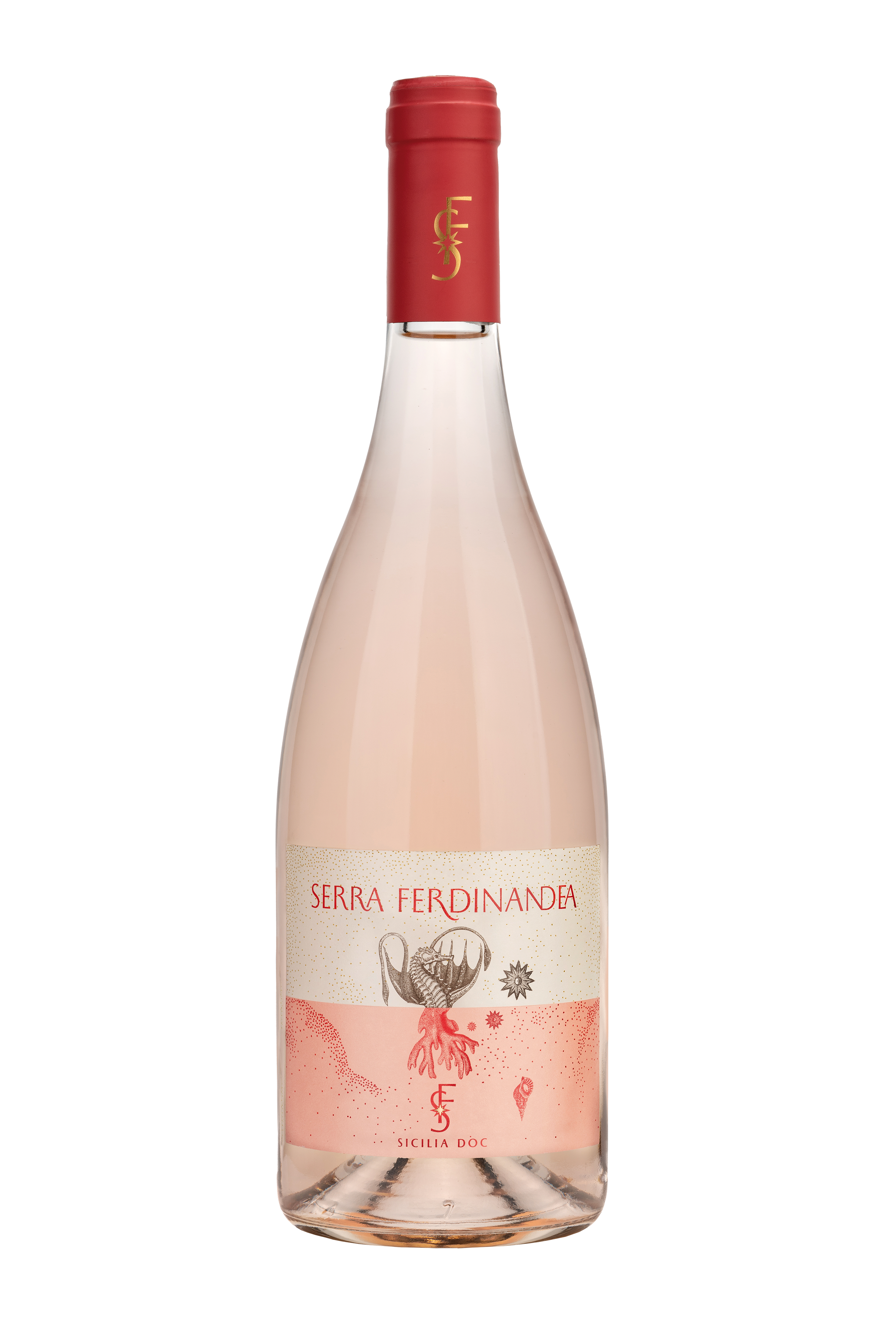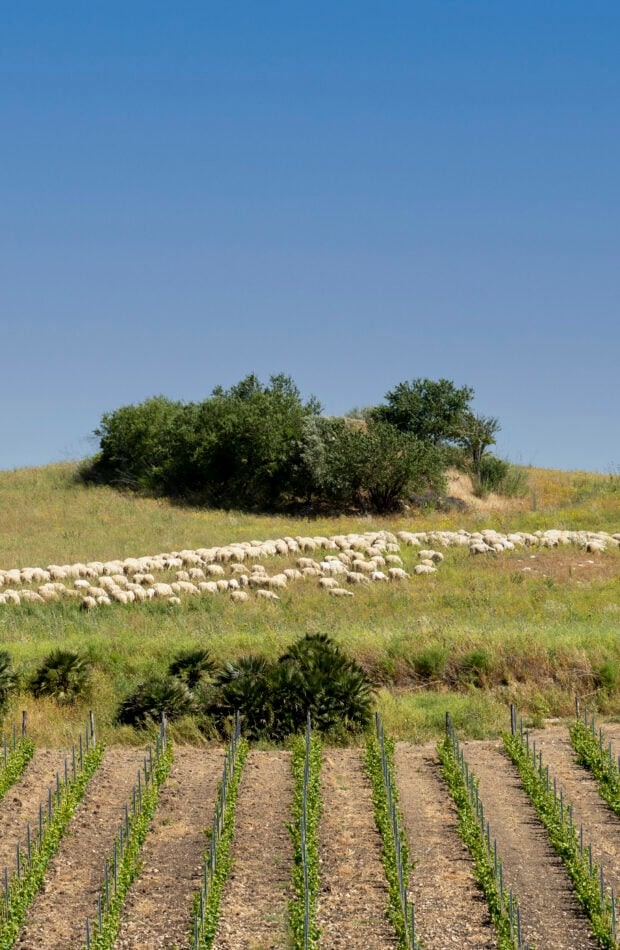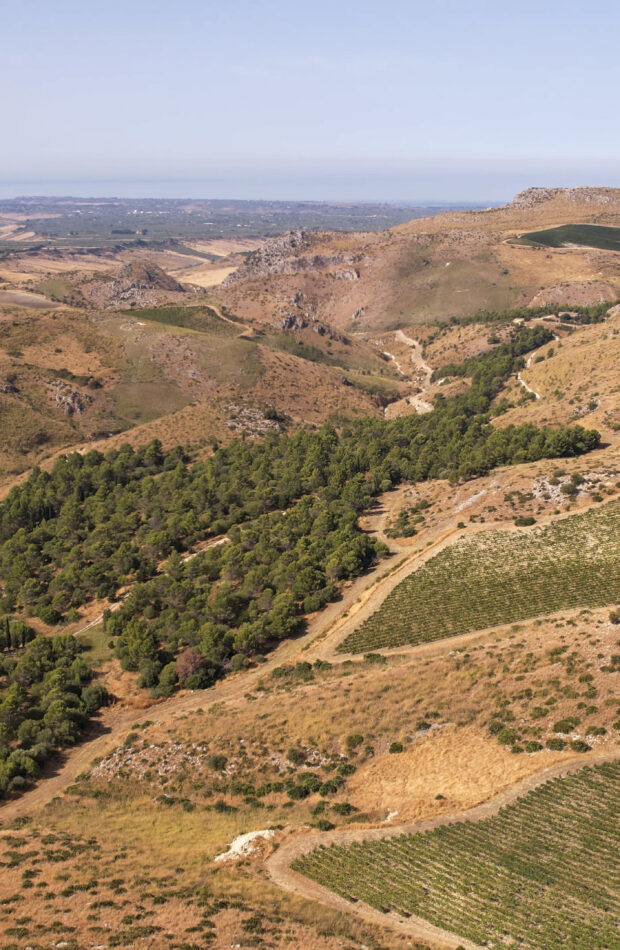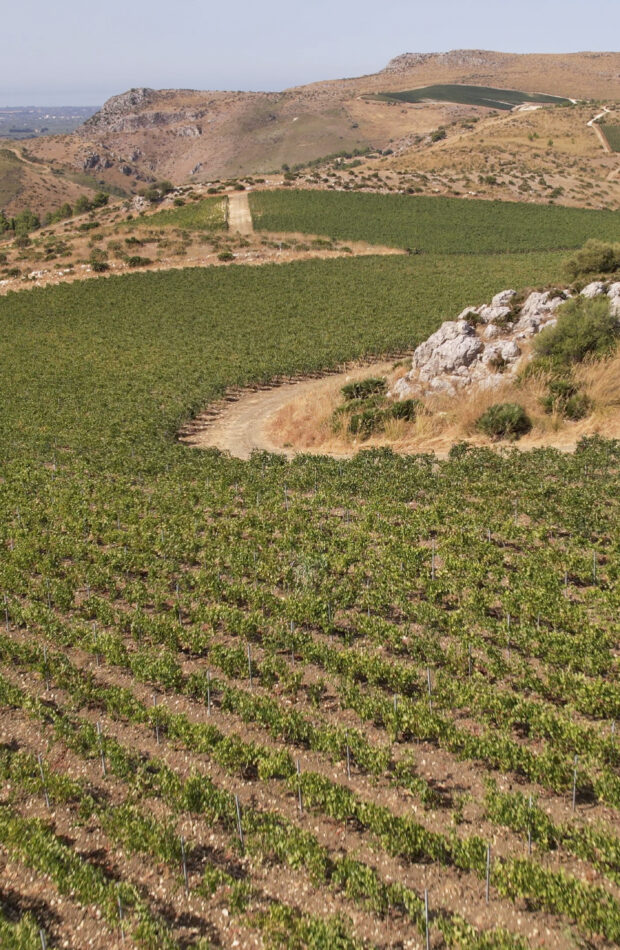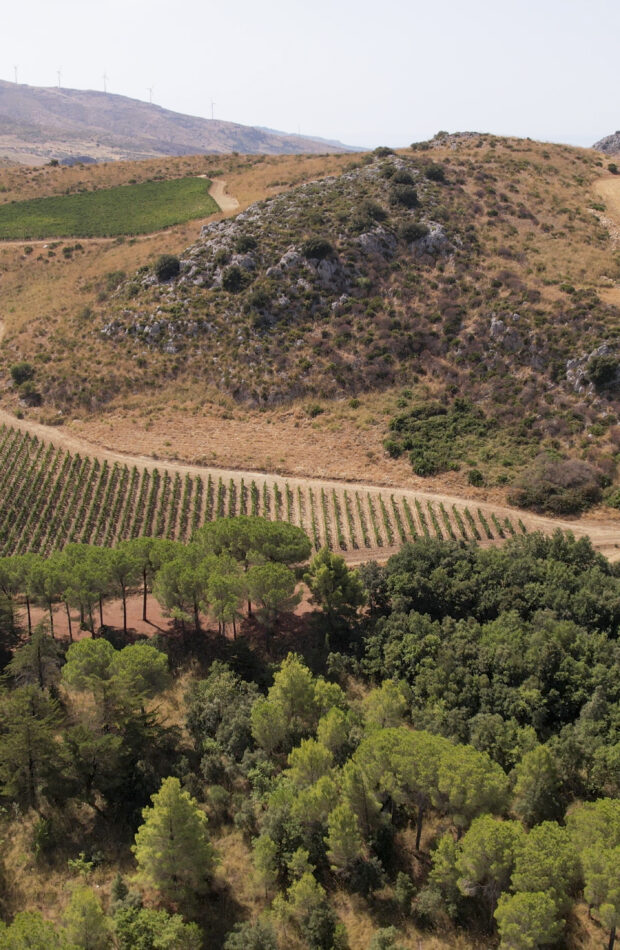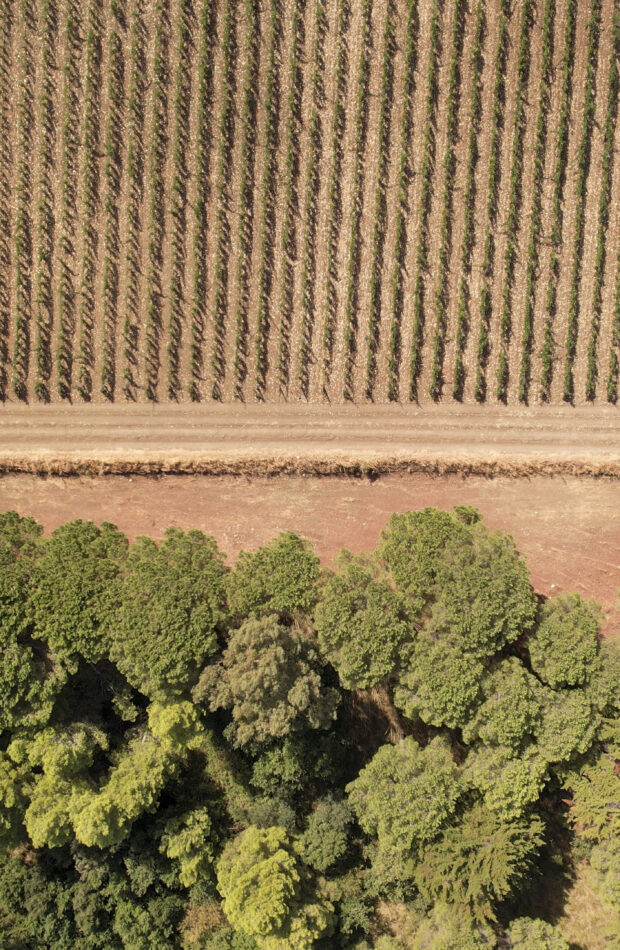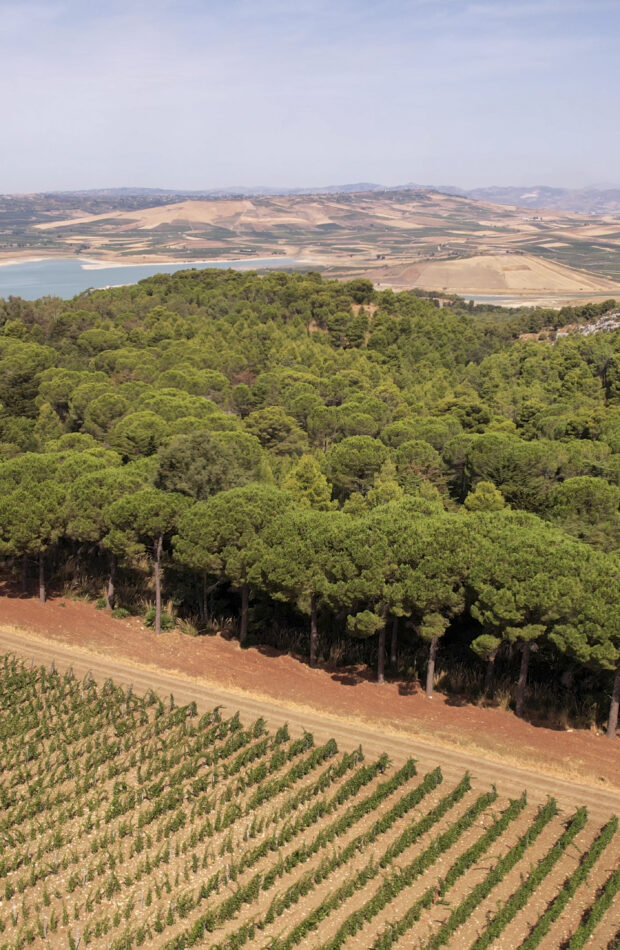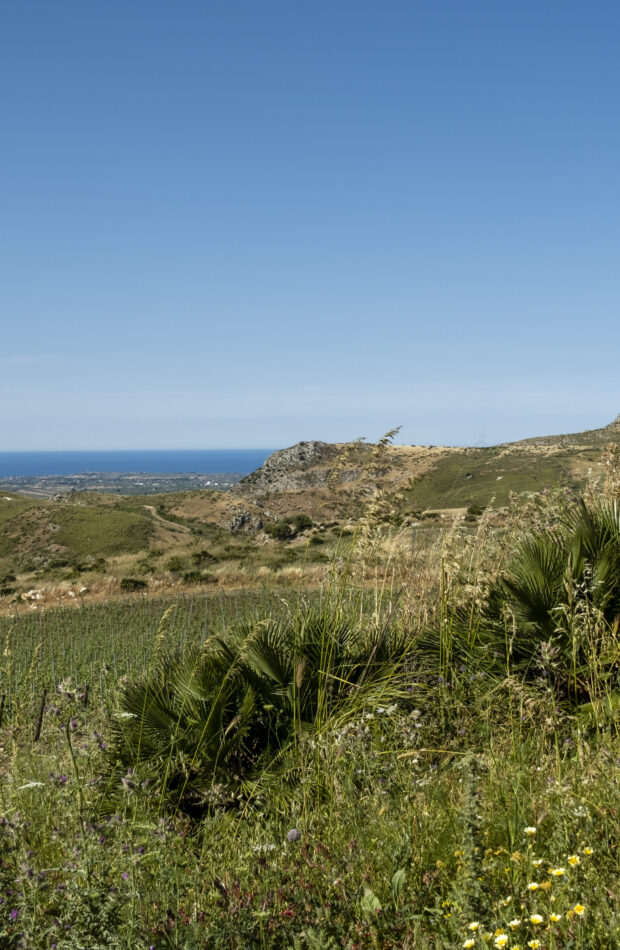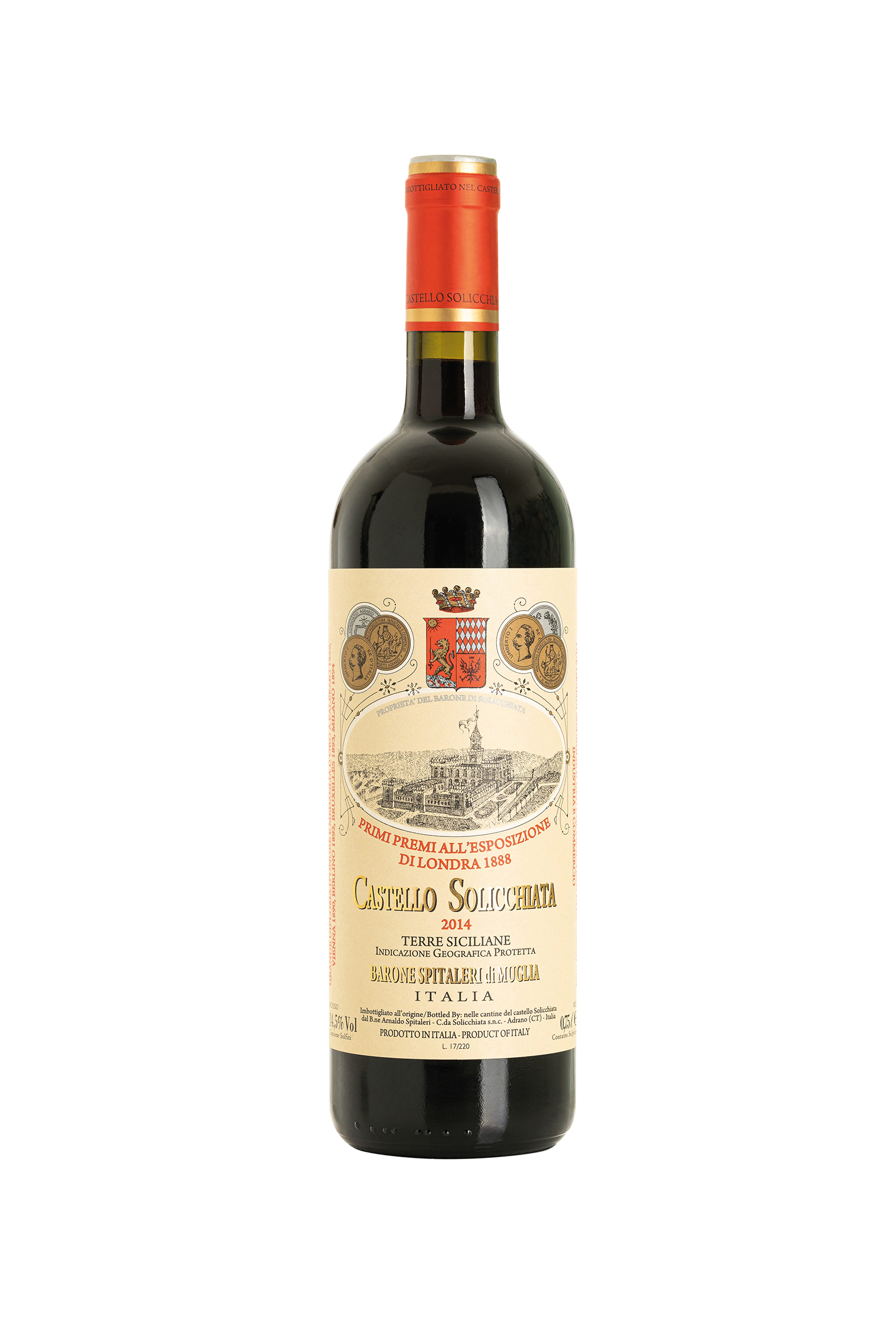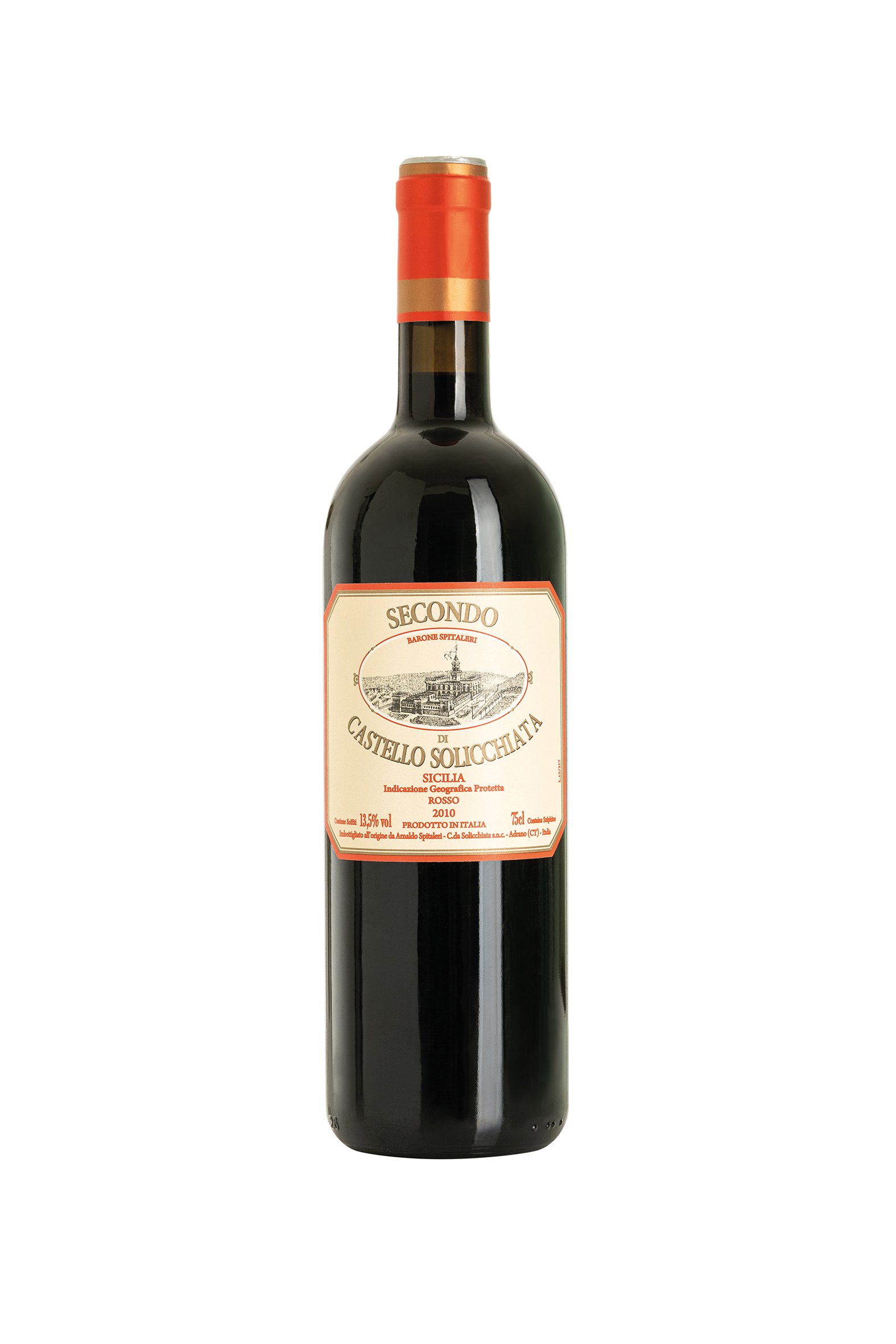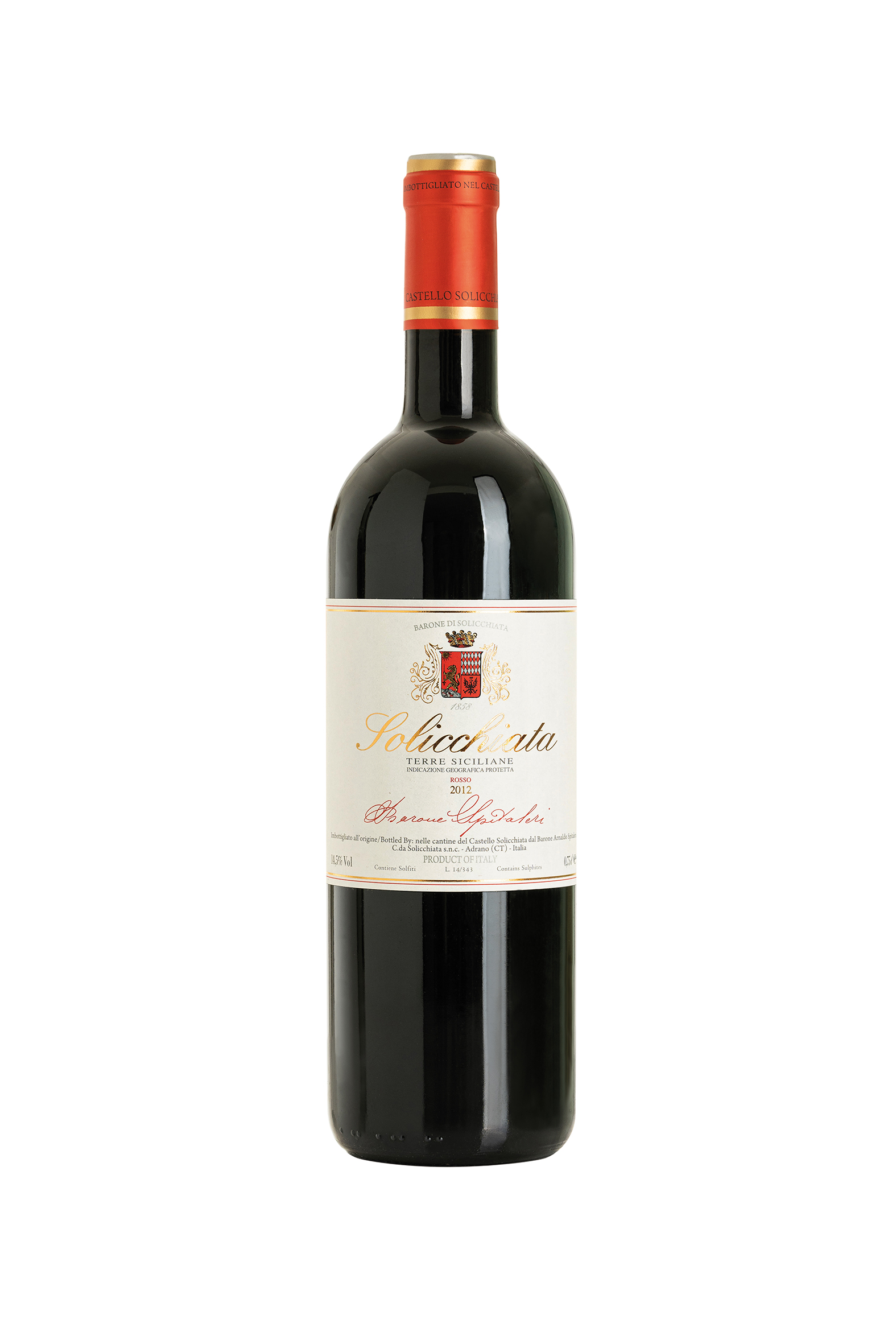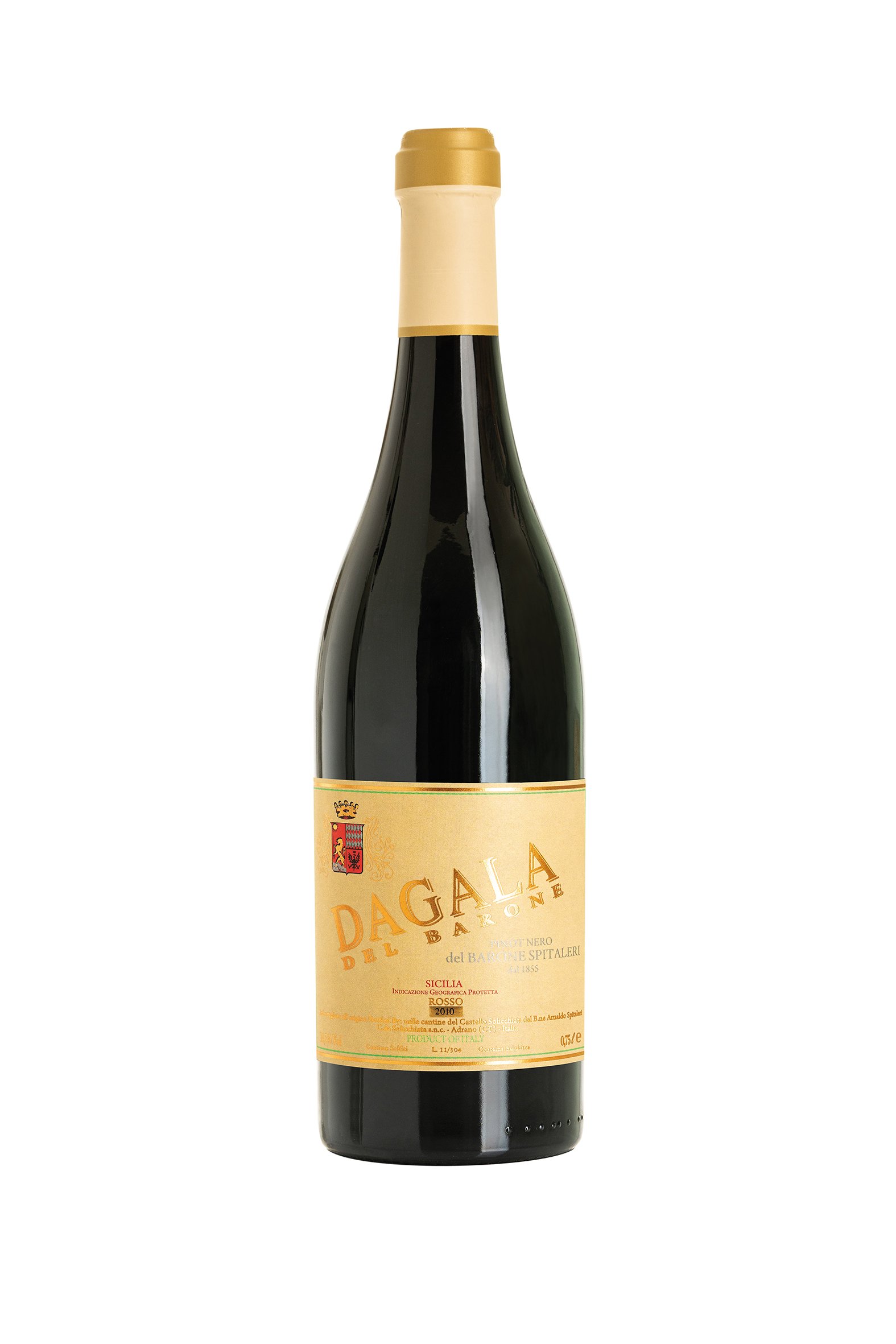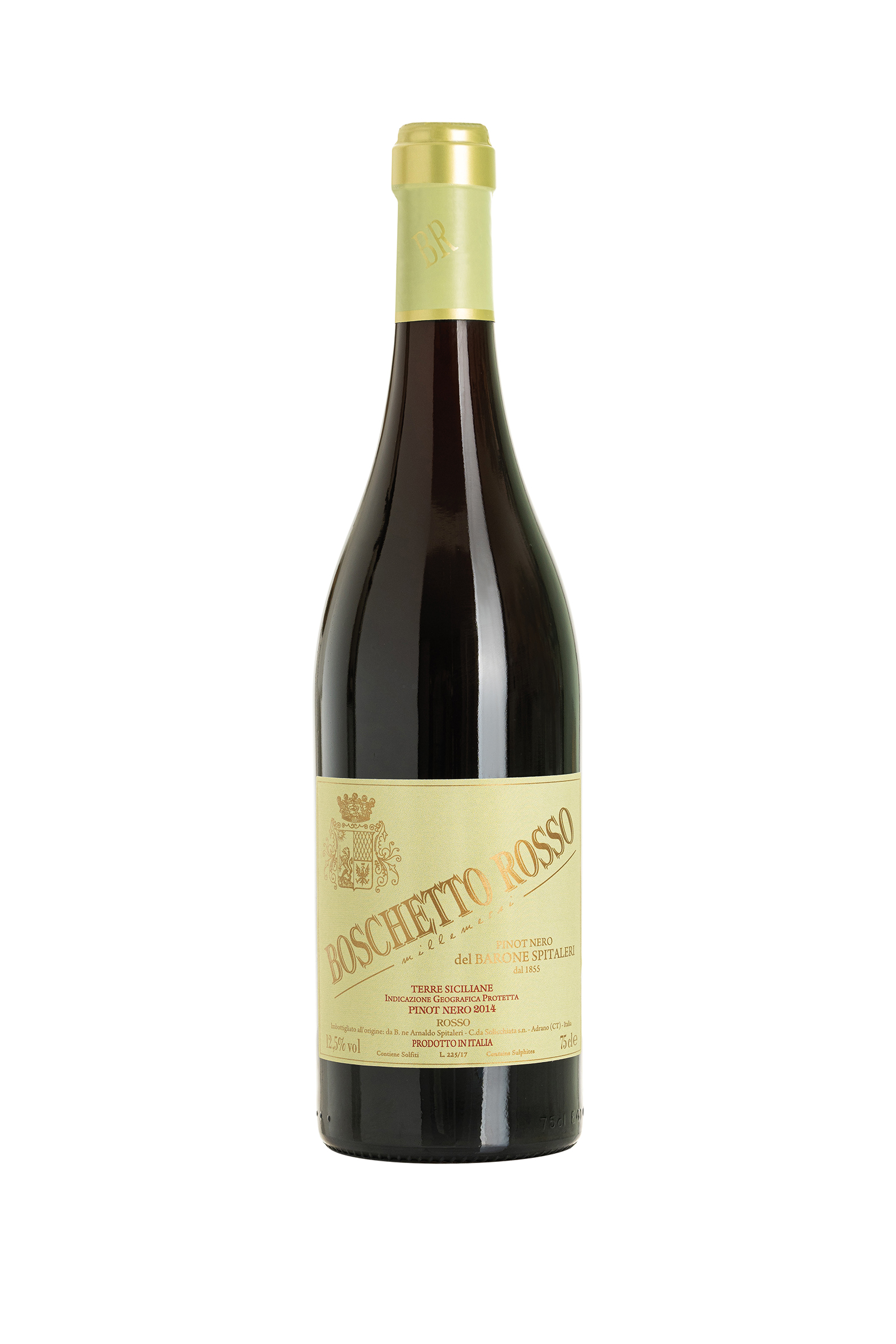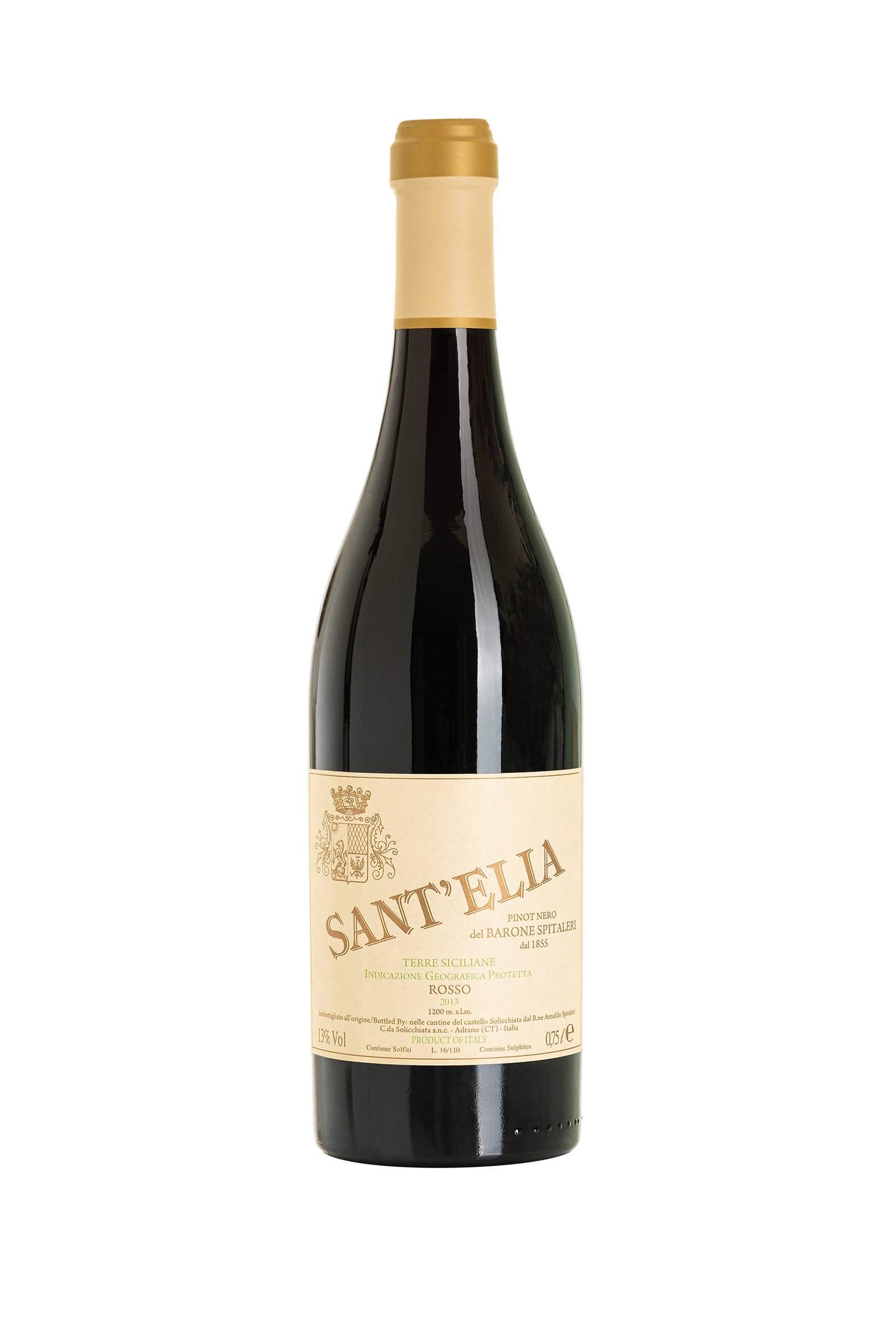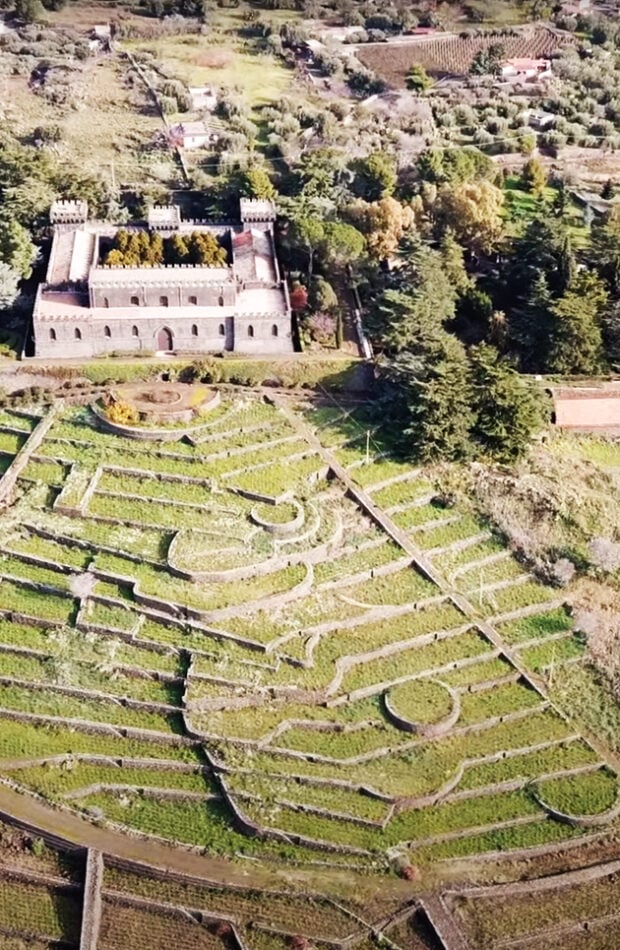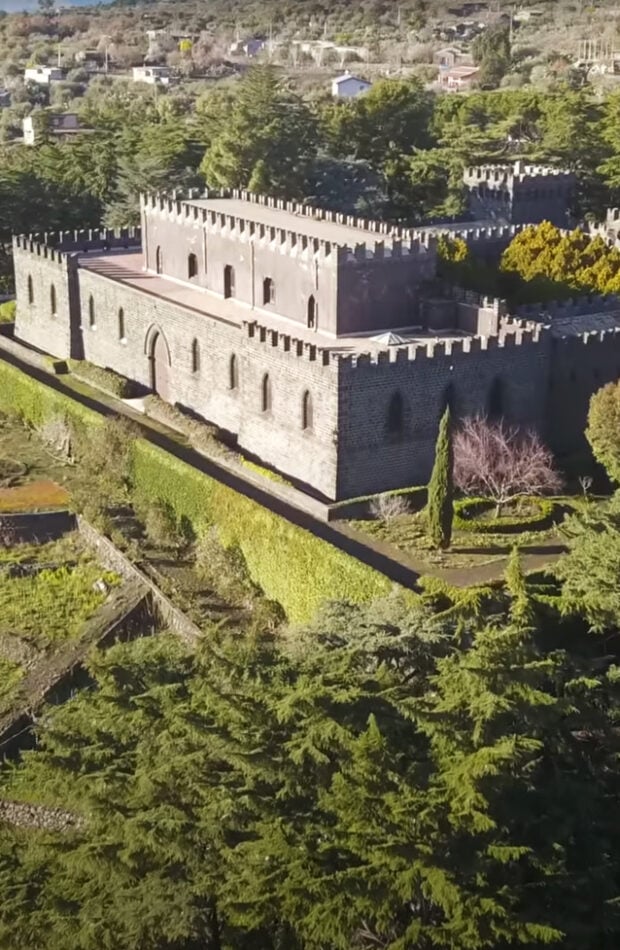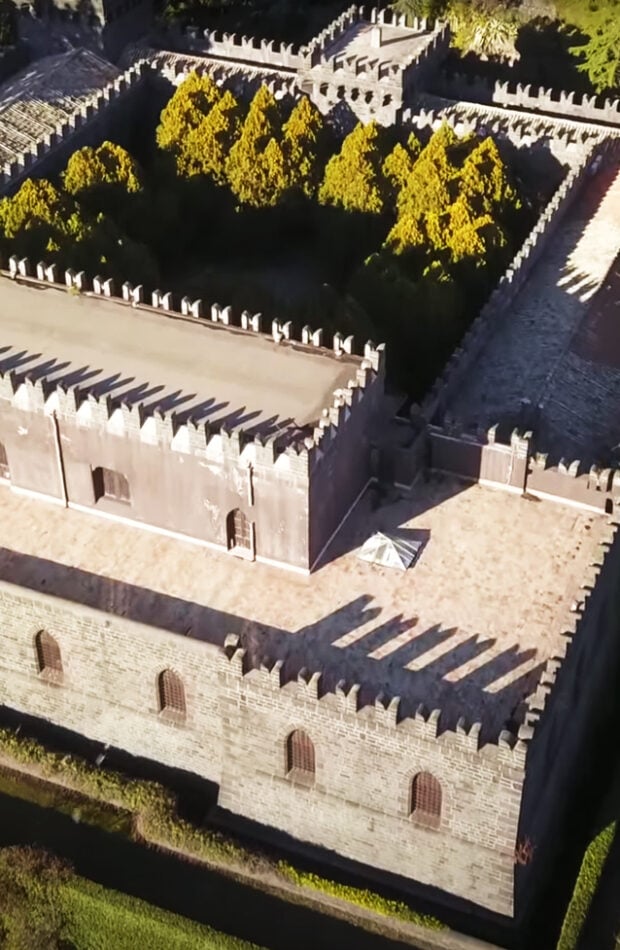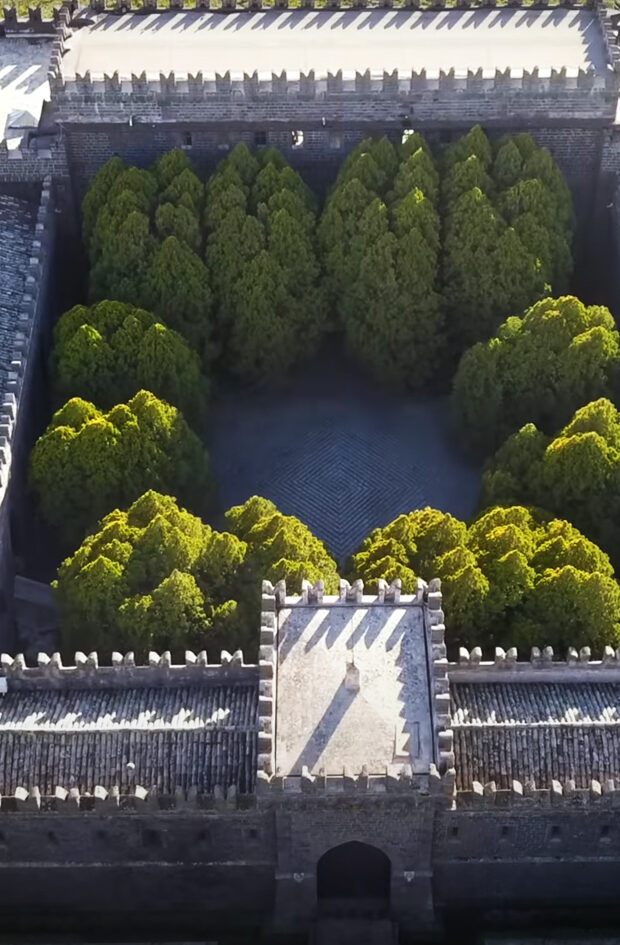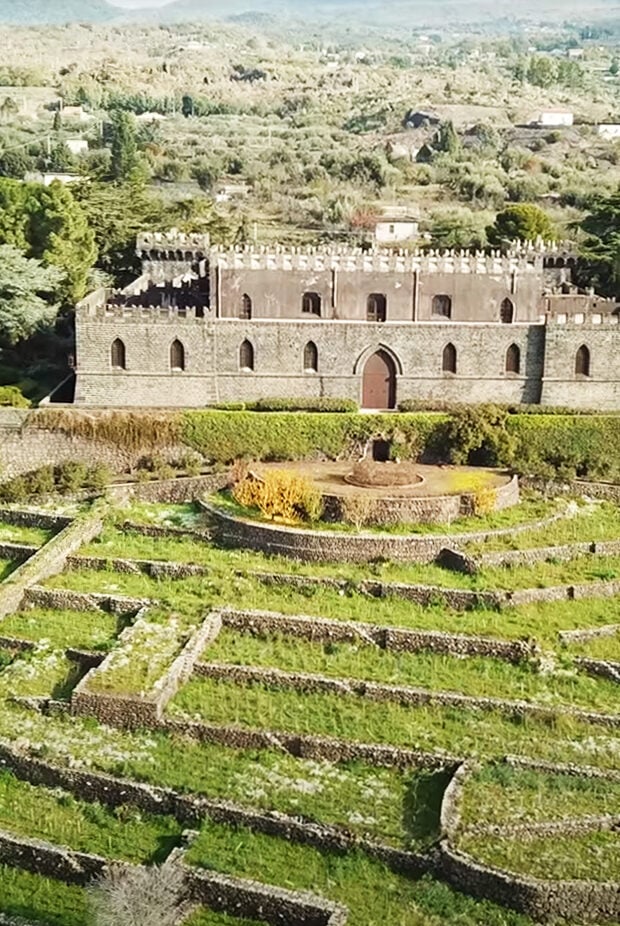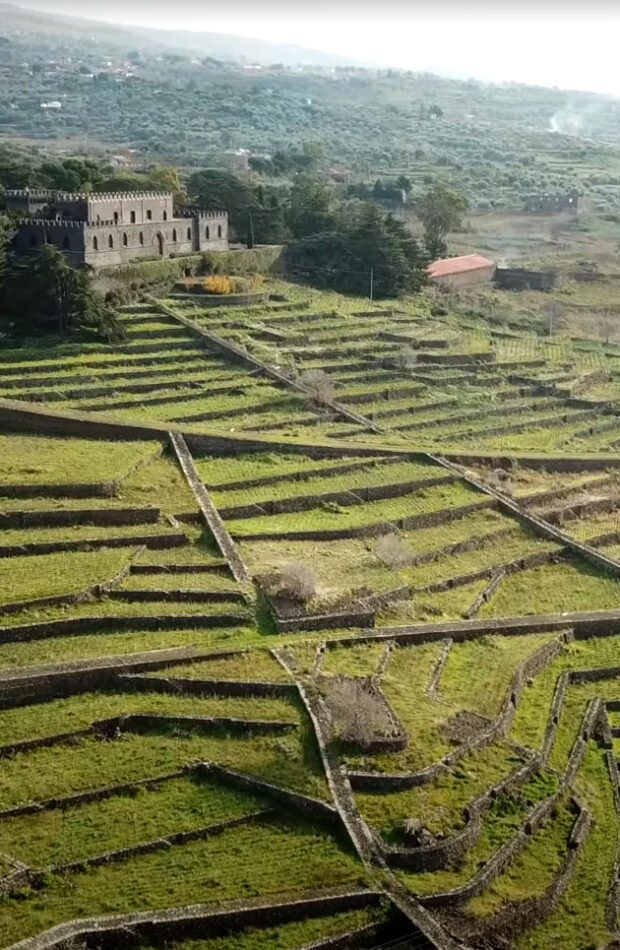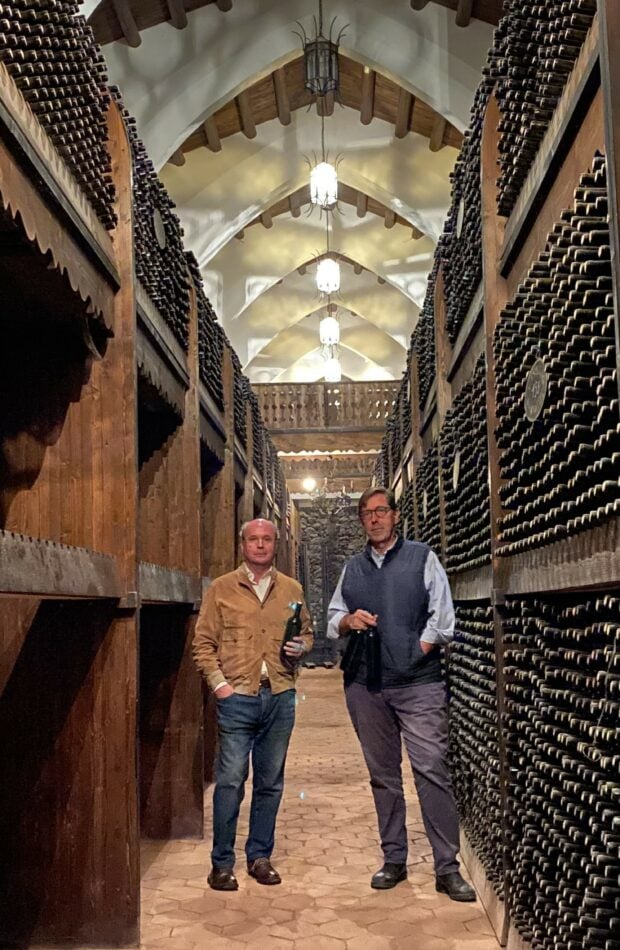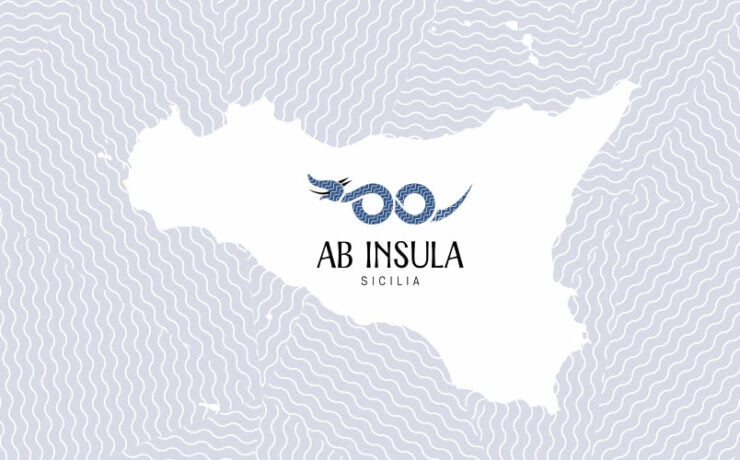
Ab Insula
From the IslandAb Insula, literally ‘from the Island’, where by island we mean that micro-continent going by the name of Sicily, for three centuries our workplace in agriculture. Since wine has become the heart of our family’s agricultural activities in recent decades, we have explored the island almost inch by inch: Ab Insula is nothing more than a compendium of the most surprising encounters we have had in recent years. Alongside our production, today we are also engaged in the distribution of local products that share first and foremost two common denominators: they draw their uniqueness from beauty and are the result of the work and vision of extraordinary people.
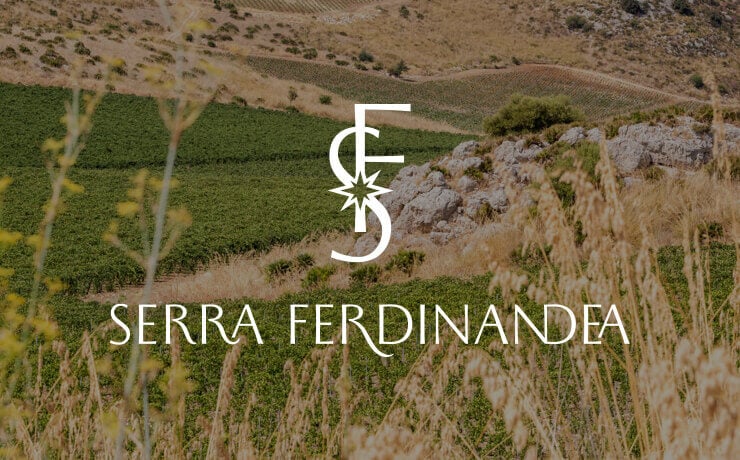
Serra Ferdinandea
Serra Ferdinandea is a unique place, overflowing with the energy of reveries.
A vineyard of rare beauty, in the middle of scrubland and woods, at an altitude of 400 - 450 meters. It is on the western edge of the Sicanian Mountains, in the area between Sciacca and Sambuca di Sicilia. It rises not far from the Strait of Sicily, from Monte Kronio (Sciacca) – where probably the most ancient wine in all the West was discovered, dating back 6,000 years ago – and from the Phoenician rock millstone named “Palmento della Risinata ” (Sambuca di Sicily). An area where vines have some of the most ancient, if not the most ancient, roots in the Mediterranean, as these archaeological finds seem to testify.
A vineyard of rare beauty, in the middle of scrubland and woods, at an altitude of 400 - 450 meters. It is on the western edge of the Sicanian Mountains, in the area between Sciacca and Sambuca di Sicilia. It rises not far from the Strait of Sicily, from Monte Kronio (Sciacca) – where probably the most ancient wine in all the West was discovered, dating back 6,000 years ago – and from the Phoenician rock millstone named “Palmento della Risinata ” (Sambuca di Sicily). An area where vines have some of the most ancient, if not the most ancient, roots in the Mediterranean, as these archaeological finds seem to testify.
The terrains are the result of the disintegration and alteration of the limestone rocks that are still visible along its edges. It is a unique virgin land, which has not certainly felt the plough for centuries.
It is a peculiar fusion of Mediterranean and mountain environment, a complex agricultural and flora-fauna organism where the microbial life and soil organisms in the zone reached by the roots, have never been disturbed. We disturbed them as little as possible while planting the first fifteen hectares of vineyards, ready to become 40 in the next two years. From these extraordinary conditions came the choice of an agricultural management that follows the principles of biodynamics. The picture is completed by the unprecedented equal partnership between France and Sicily, which gave life to the project: an unmistakably Sicilian character with a marked French touch.
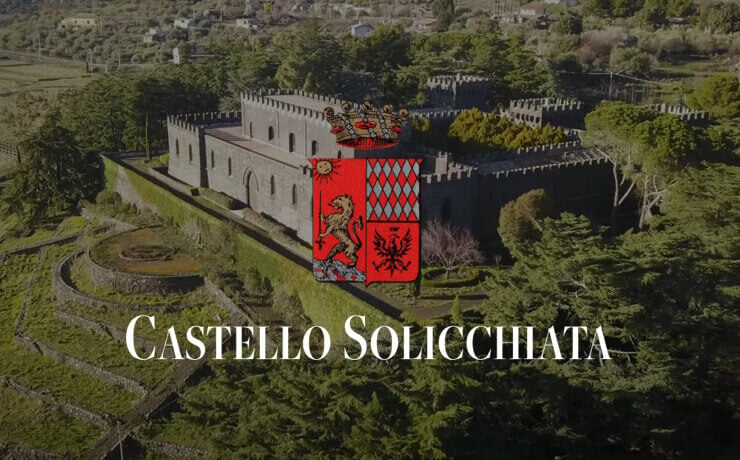
Castello Solicchiata
A unique project of its kind
Launched in the mid-19th century by the Spitaleri di Muglia family, of noble and extremely ancient lineage. Their name derives in fact from “Hospitaller”, the Knights of St. John of Jerusalem and then of Malta, crusader barons who settled on Mount Etna to market wine at the end of the 13th century, on their way back from Jerusalem. Enlightened farmers, they boast the primacy of being the first to cultivate vines again on Mount Etna - after the suppression due to the Islamic rule - and of having maintained the agricultural activities through the succession of different dominations and cultures: from the flourishing trade of the High Middle Ages to the renaissance in the 16th century.
Launched in the mid-19th century by the Spitaleri di Muglia family, of noble and extremely ancient lineage. Their name derives in fact from “Hospitaller”, the Knights of St. John of Jerusalem and then of Malta, crusader barons who settled on Mount Etna to market wine at the end of the 13th century, on their way back from Jerusalem. Enlightened farmers, they boast the primacy of being the first to cultivate vines again on Mount Etna - after the suppression due to the Islamic rule - and of having maintained the agricultural activities through the succession of different dominations and cultures: from the flourishing trade of the High Middle Ages to the renaissance in the 16th century.
In 1855, Baron Felice Spitaleri - the youngest senator of the Kingdom of Italy, one of the founders of Italy’s winegrowing resurgence - conceived a vision as daring as it was intriguing: to build a French-style chateau on Mount Etna, with hundreds of terraces carved into the lava rock and an avant-guard production model. The experimentation of the French allochthonous varietals was entrusted to the most renowned geo-botanist and ampelographer of the time: Father Francesco Tornabene, a member of the famous Scuola Catanese and founder of Catania’s Botanical Garden. The architectural project was supervised by Andrea Scala, architect of Catania’s Bellini Theater, who was inspired by the boxes of Italian theaters to design the over 300 hectares of terraced vineyards.
Solicchiata thus became the place of choice for the cultivation of famous non-native grape varietals and the production of large, elegant and unique bottles, capable of standing alongside the international wines, grabbing the spotlight at the major wine competitions of the time. Solicchiata wines won the First Prize at the London Exhibition in 1888, the Great Honour Diploma and Gold Medal in Palermo in 1889, Vienna 1890, Berlin 1892, Brussels 1893, and Milan 1894. Solicchiato became the first official supplier for the Royal Court of Italy, remaining the most awarded Italian wine at international competitions throughout the 19th century. The estate, almost inaccessible to visitors (in respect of the extraordinary nature of the site and of the discretion of the Spitaleri di Muglia family), is part of 60 hectares of vineyards, on an overall cultivated land of over 300 terraced hectares. Solicchiata is the largest Greek sapling vineyard in the world carved in the rock, planted with 70% Cabernet Franc, 10% Merlot, 10% Cabernet Sauvignon and the remainder with minor Bordeaux varieties; part of the extraordinary heritage of the castle is Feudo Boschetto, cultivated entirely with Pinot Noir with some plants dating back to the original 19th century planting. The catalogue consists of 6 labels – 3 based on Cabernet Franc and
3 Pinot Noirs in purity. Only French varietals, as was the will of the founder since mid-19th century.
